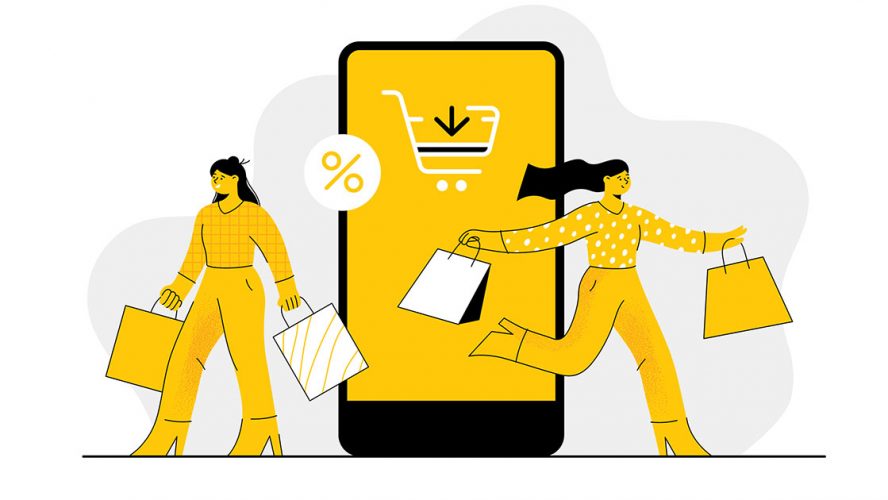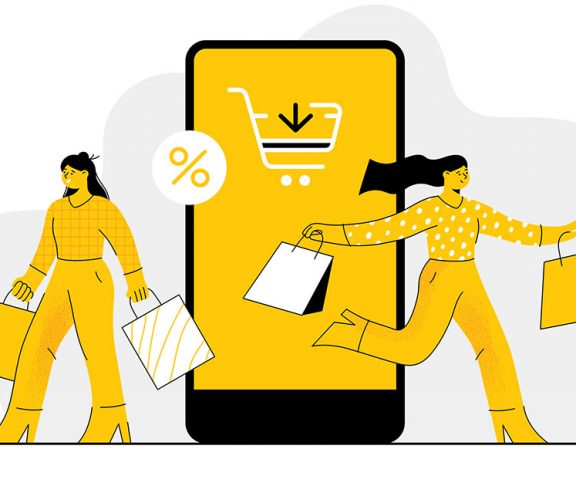
Eric Wilson
Director of Thought Leadership, Institute of Business Forecasting (IBF)
The COVID-19 pandemic impacted nearly all aspects of society, but the retail industry felt some of the strongest effects.
“There was a downturn in the economy, so people constricted their spending habits.” said Eric Wilson, director of thought leadership for the Institute of Business Forecasting (IBF). “And that really caused problems for understanding what exactly is going to be that new norm going forward.”
In addition to spending less, where consumer dollars were being spent shifted as well — ecommerce was on the rise before 2020, but was greatly accelerated by the pandemic. That’s fundamentally shifted how retailers need to go about business forecasting and planning.
“Retailers used to get their forecast based on who came to the door, and they really planned within their own four walls,” Wilson said. “The walls are broken down now, especially with ecommerce, so they need to start getting in the minds of the consumers, and they need to transition into understanding consumer behaviors and consumer sentiment to try to figure out exactly what consumers are going to do.”
Getting that accurate, omnichannel picture of how consumers interact with a business or product — and using that understanding to generate insights — will drive profits. A new IBF study shows that a 15 percent increase in forecasting accuracy equates to a 3 percent boost to a business’ bottom line.
“Understanding that consumer a little bit better pays for itself over time,” Wilson said. “Besides just the cost savings, it’s the service improvement as well.”
Generating insights
As retail has increasingly moved online, there’s a wealth of new data available to retailers, and a major incentive for using it to optimize business practices.
“Ultimately, the goal is insights; you’re turning a piece of data into an insight,” said Wilson, who wrote the book “Predictive Analytics for Business Forecasting & Planning.”
To generate those insights, you need a person on your team with the analytical skills to spot trends in your data, then create processes informed by those insights. Wilson says it’s also necessary to invest in the right technology.
“You’ve got to have the right solutions to be able to enable all of that data, and the different types of processes,” he said.
When the people, processes, and technology come together, retailers can start to truly start to understand their consumers — both in-person and online.”
“Retailers need to get outside of their four walls,” Wilson said. “They need to be able to plan how they will interact with the consumer, and not just when they walk through the door, but when they come to their website, too.”

